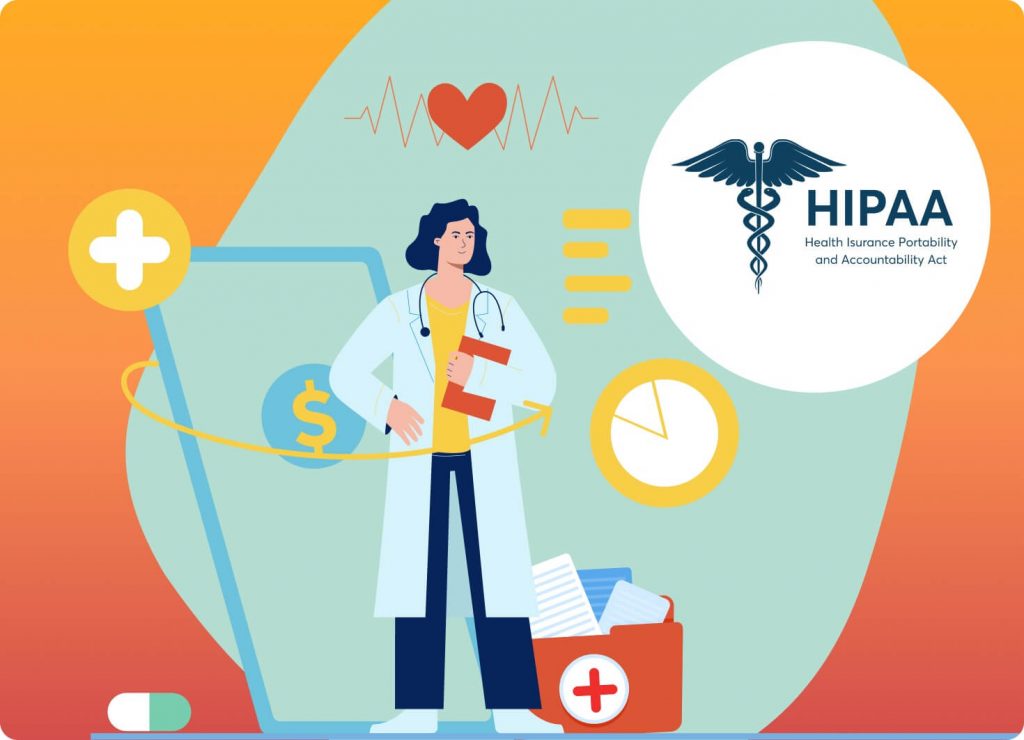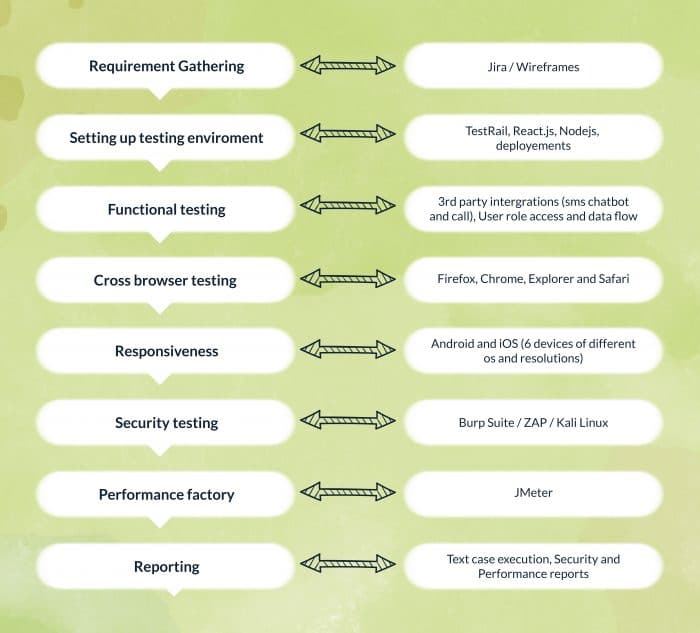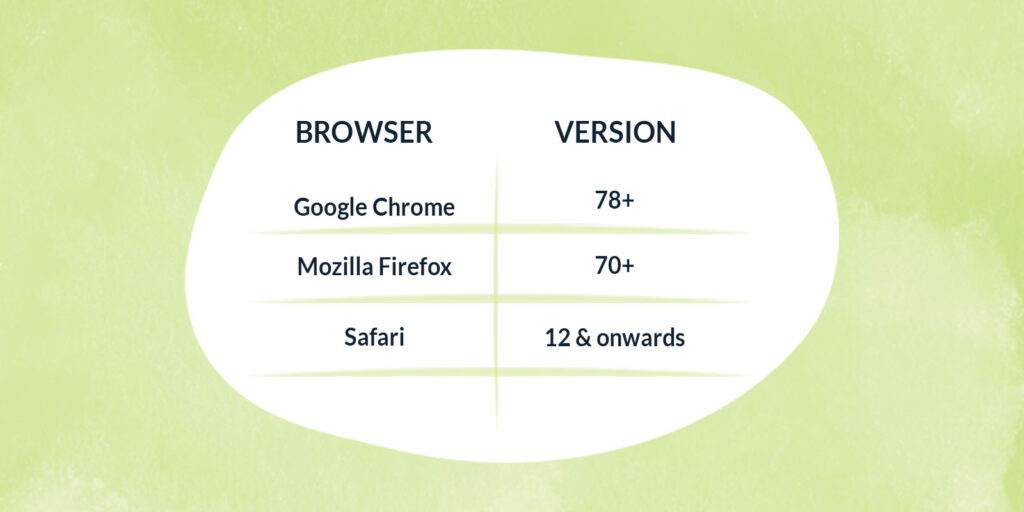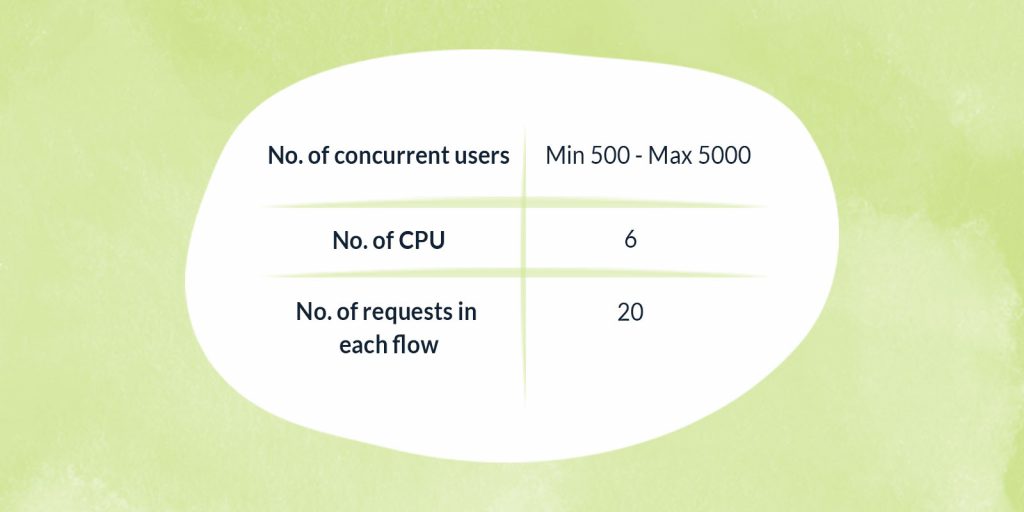Living with a mental health disorder can be an uphill battle, and it only gets harder when people around you fail to understand the gravity of the situation and simply portray the disease as laziness or procrastination. In both developed and underdeveloped nations, mental health issues continue to be the leading cause of disability and death by suicide. Alarming statistics suggest that about 20% of adolescents live with a mental health disorder, highlighting the pressing need for effective treatment and support systems.
In this age of technological advancement, healthcare app development and mental health apps have emerged as a boom for individuals grappling with psychological issues. These apps offer a safe and anonymous platform for seeking help, without the need for in-person therapy. Moreover, with the convenience and accessibility of smartphones, mental health apps can be a valuable resource for individuals looking to improve their mental health and well-being.
However, while developing a mental health app, ensuring the privacy and confidentiality of users should be a top priority. Regulatory guidelines, such as GDPR and HIPAA compliance, should be strictly adhered to in software development. The availability of the app on different platforms, along with the features it offers, are also crucial aspects that developers need to consider.
The possibilities for the features that a mental health app can offer are endless, ranging from guided meditation to therapy sessions with licensed professionals. In order to make a positive impact on the mental health of users, developers must ensure that their apps are inclusive, user-friendly, and comprehensive in addressing a range of psychological illnesses.
In this article, we will delve deeper into the development processes of mental health apps and explore the essential elements that go into creating a successful and effective mental health app.
How to develop a mental health app?
The increasing use of mobile phones amounts to more than half of the audience on the web, hence the reason why businesses are steering towards creating mobile-friendly systems and apps for various mental health services. You’ll find some of the best mental health apps trending due to their accessible nature that allows patients and doctors to stay connected remotely, always keeping a check on their cases. And it further creates a sense of relief for users that a solution is available, just a click away.
But before we get into how these apps are created, and what makes them some of the best mental health apps, let us take a look at the most common types of mental health apps.
Types of Mental Health Apps
Mental disorder apps: These apps offer features like mood monitoring and psychotherapy to help individuals cope with mental health disorders like depression, anxiety, bipolar disorder, and schizophrenia.
PTSD apps: These apps provide tools to manage anger and anxiety, including breathing exercises, music selection, and self-talk methods. Some apps allow integration with healthcare apps and emergency contacts for easy access to assistance.
Eating disorder apps: These apps include mental health tracking features in addition to diet tracking to help individuals with eating disorders manage their symptoms. They also provide goal-setting and meal recommendations.
Meditation and self-improvement apps: These apps focus on stress management, relaxation, mindfulness, effective breathing, and anxiety management to help users practice relaxation techniques and manage stress.
CBT-based apps: These apps use cognitive-behavioral therapy techniques to help users reframe negative thoughts, develop coping skills, and change harmful behaviors, especially among women. They often provide interactive tools and activities to guide users through the therapy process.
Understanding vital KPIs & target audience for mental health apps
Did you know, every 1 in 4 people may suffer from mental health issues at some point in their lives, and nearly 970 million are currently struggling with major mental issues and drug abuse? While the disease is very common, the symptoms and cases heavily vary from person to person, so mental health apps must be feasible in catering to all demographics. An integral part of a mental health app will focus closely on the following aspects:
- Audience
- Similar/common issues
- Current mental state
In order to create a well-rounded and effective application, one must comply with the following KPIs, and abide by these holy grail elements while creating mental health apps
User needs and goals
One of the most crucial aspects to consider when developing a mental health application is the needs and goals of the target audience. Mental health issues vary from person to person, and the app should be tailored to meet the specific needs of the users. Conducting user research, user interviews, and surveys can help in understanding the user’s mental health needs and designing an application that is useful and engaging.
Mental health experts
It is important to consult with mental health experts when developing a mental health app. Mental health professionals, including psychologists and psychiatrists, can provide valuable insights into the latest trends in mental health, common mental health issues, and the most effective treatment approaches. This can help ensure the application’s content and features are accurate, effective, and relevant to the target audience.
Features and functionality
The features and functionality of the application should be developed keeping in mind the specific mental health issues it aims to address. For example, if the app focuses on anxiety, it may include guided meditations, breathing exercises, and cognitive-behavioral therapy techniques. It is essential to develop an app that is easy to navigate, engaging, and meets the user’s needs. Additionally, the app should be developed with the ability to personalize and adapt to the user’s progress and feedback.
Design and user experience
The design and user experience of the application should be intuitive and engaging. A user-friendly interface with easy-to-navigate features can encourage users to engage with the app regularly. The app’s design should be visually appealing, with clear and concise messaging that aligns with the app’s intended purpose. Design elements, such as typography, color, and imagery, should also be consistent with the app’s branding and messaging.
Accessible
The app should be accessible to all users, regardless of their ability, age, or ethnicity. This includes providing language options and ensuring the app is compatible with assistive technology such as screen readers. Moreover, the app should be optimized for different devices and screen sizes, ensuring a seamless user experience across multiple platforms.
Evidence-based
The application should be developed using evidence-based practices, including research and studies conducted by mental health professionals. Evidence-based practices ensure that the app’s interventions are effective and supported by scientific research. The app should also provide clear information on the source of its content and interventions and cite any relevant studies or research.
Regular updates
Regular updates can ensure that the app is up-to-date with the latest research and developments in mental health. This includes adding new features, updating content, and fixing bugs. Additionally, regular updates can help maintain the user’s engagement and interest in the app.
Ethical considerations
To ensure ethical standards in the mental health app development process, it is important to take into account factors such as the use of non-stigmatizing language and obtaining informed consent from users before collecting their personal information. These considerations should be integrated into the development process to ensure that the end product is ethical and respects the rights and privacy of users.
Privacy and security
Mental health information is highly sensitive and should be handled with the utmost care. The application should have robust privacy and security features to protect users’ personal and health-related information. It is important to comply with local data protection laws and regulations, such as the General Data Protection Regulation (GDPR) in the European Union and HIPPA in the United States of America. Moreover, the app should provide clear information on how user data is collected, stored, and used.
Partnerships and collaborations
Developing partnerships with mental health organizations and professionals can help ensure that the application is relevant, effective, and based on the latest research. It can also help to increase the app’s credibility and reach.
In the end
Mental health and wellness app development is a niche that requires special attention to detail in order to succeed. And their success depends on how well their customer retention rate is, or how well it is in helping customers reach their goals. Developing a mental health and wellness app requires careful consideration of various aspects, including the type of application, target audience, features, privacy, and availability.
These apps can provide a safe and anonymous space for individuals to access treatment and support for their mental health disorders. The use of technology and mobile applications has significantly reduced the stigma surrounding mental health and increased access to care for individuals who may not have otherwise sought help.















